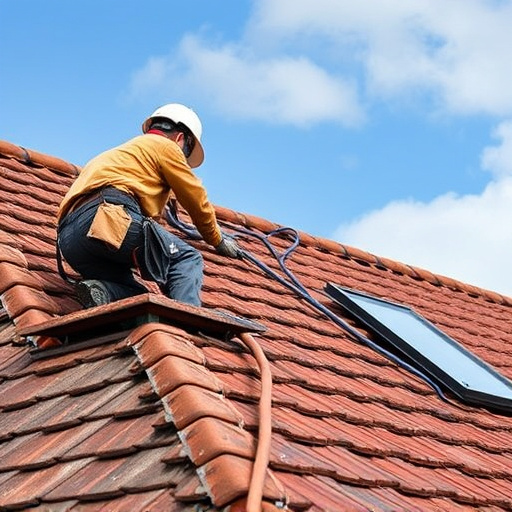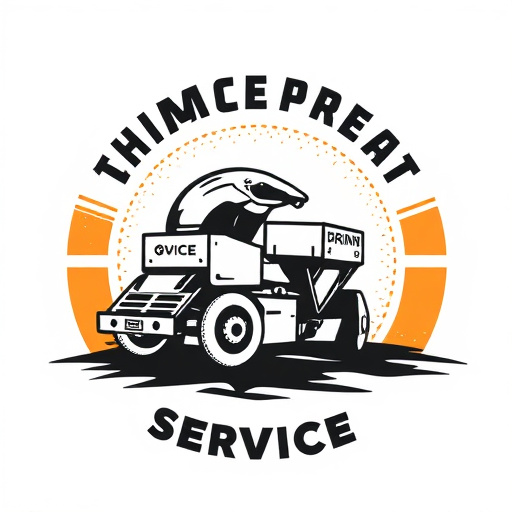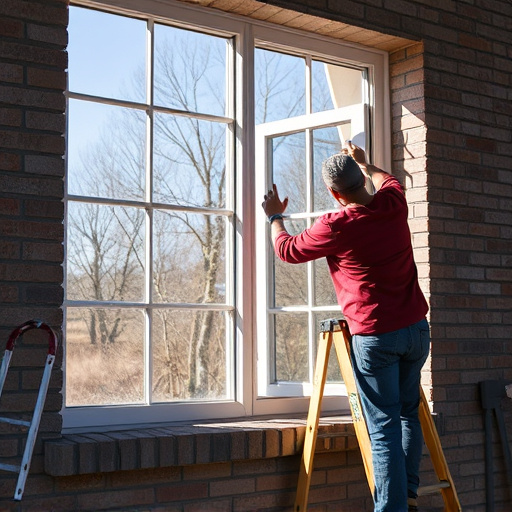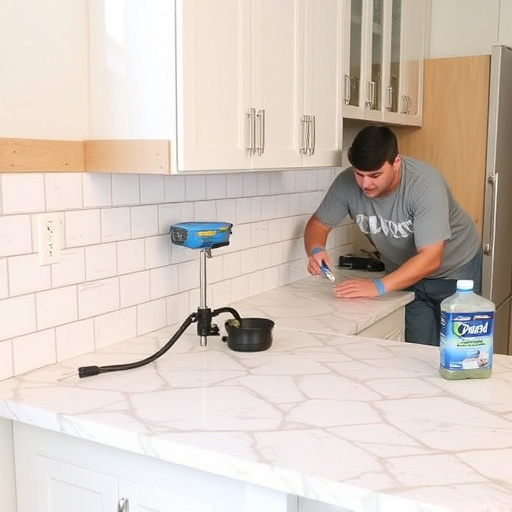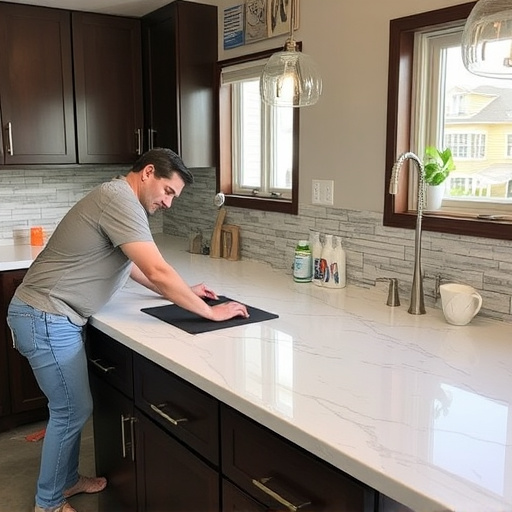Remodeling contractors should prioritize thorough planning for post-renovation inspections to ensure client satisfaction. This includes creating detailed checklists, verifying permits, clearing debris, performing structural integrity checks, focusing on room flow and design consistency, maintaining harmony with existing structures, establishing clear communication channels, providing regular updates, documenting completed work, addressing concerns, communicating follow-up steps, assessing wall, foundation, and roof safety, examining floor replacements for quality, evaluating functionality and accessibility, and aligning details with client vision for successful outcomes.
As a remodeling contractor, post-renovation inspections are a critical step in ensuring customer satisfaction and project success. This comprehensive guide provides essential tips for navigating the inspection process, from pre-inspection preparation to final follow-up. Learn how to streamline the checklist, conduct thorough assessments, and effectively communicate findings to clients. Maximize client trust and project completion with these expert insights tailored for remodeling contractors.
- Pre-Inspection Preparation: A Remodeling Contractor's Checklist
- – Ensuring a smooth post-renovation inspection process
- – Key areas to assess before the inspection
Pre-Inspection Preparation: A Remodeling Contractor's Checklist

Before conducting a post-renovation inspection, meticulous planning and preparation are key for a smooth process. A remodeling contractor should create a comprehensive checklist to ensure every detail is accounted for. This checklist should include verifying that all necessary permits have been obtained, confirming compliance with local building codes, and inspecting the work site for any debris or safety hazards. Additionally, they should check that all materials and equipment are stored securely and correctly, and that access points are clearly marked and maintained for easy navigation during the inspection.
The checklist must also cover all aspects of the home renovation project, from structural integrity checks to ensuring the functionality of newly installed systems like plumbing and electrical work. In terms of whole house remodels, it’s crucial to pay special attention to the flow between rooms, consistency in design aesthetics, and the overall harmony with the existing structure. This meticulous pre-inspection preparation is a game-changer for efficient post-renovation assessments and client satisfaction.
– Ensuring a smooth post-renovation inspection process

A smooth post-renovation inspection process is vital for every remodeling contractor. To ensure client satisfaction and avoid costly miscommunications, contractors should initiate clear, open lines of communication from the project’s outset. This includes providing detailed documentation outlining the scope of work, estimated timelines, and budget, as well as regular updates throughout the renovation process.
During inspections, contractors should be prepared to point out completed work, address any concerns or issues raised by clients, and clearly explain any necessary follow-up steps. For instance, in projects like a kitchen remodel or bathroom renovations, contractors should meticulously document the installation of fixtures, appliances, and finishes to ensure these elements meet the client’s expectations as per the agreed-upon design plans and specifications. Customized home renovations demand meticulous attention to detail and effective communication; ensuring every aspect aligns with the client’s vision is key to a successful post-renovation inspection.
– Key areas to assess before the inspection

Before conducting a post-renovation inspection, remodeling contractors should focus on several key areas to ensure the project’s success and client satisfaction. One of the first steps is to meticulously assess the structural integrity of the home, checking for any signs of damage or weakness in the walls, foundations, and roofs. This includes inspecting for proper alignment, levelness, and ventilation to guarantee the safety and longevity of the structure.
Additionally, contractors should pay close attention to the quality of floor replacements, as these are often a central focus in home remodeling projects. Checking for even installation, proper jointing, and the absence of gaps or deformities is crucial. Moreover, evaluating the functionality and accessibility of newly created or renovated spaces ensures that they meet the client’s needs and adhere to design goals, ultimately enhancing the overall livability and appeal of the home.
A successful post-renovation inspection is crucial for both remodeling contractors and clients. By thoroughly assessing the work, contractors can ensure the project meets high standards and client expectations. Pre-inspection preparation, as outlined in this guide, allows for a seamless process, identifying potential issues before they become costly repairs. Remember, effective communication between contractor and client is key to navigating any challenges that arise during these critical checks, ultimately fostering trust and satisfaction with the completed renovation.

